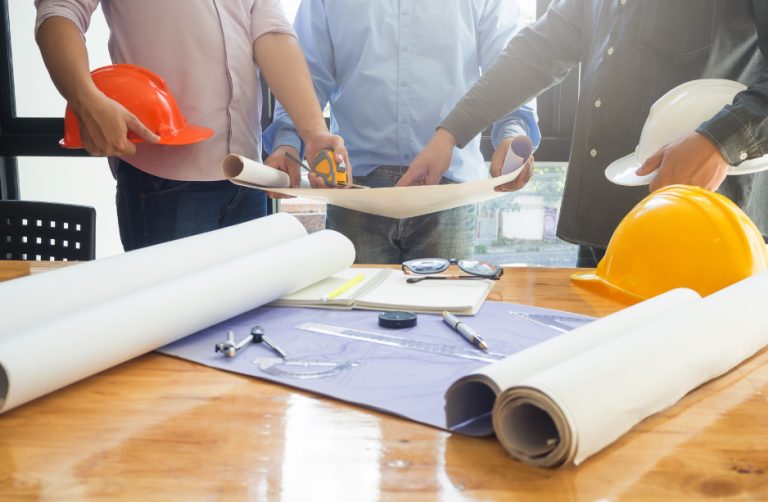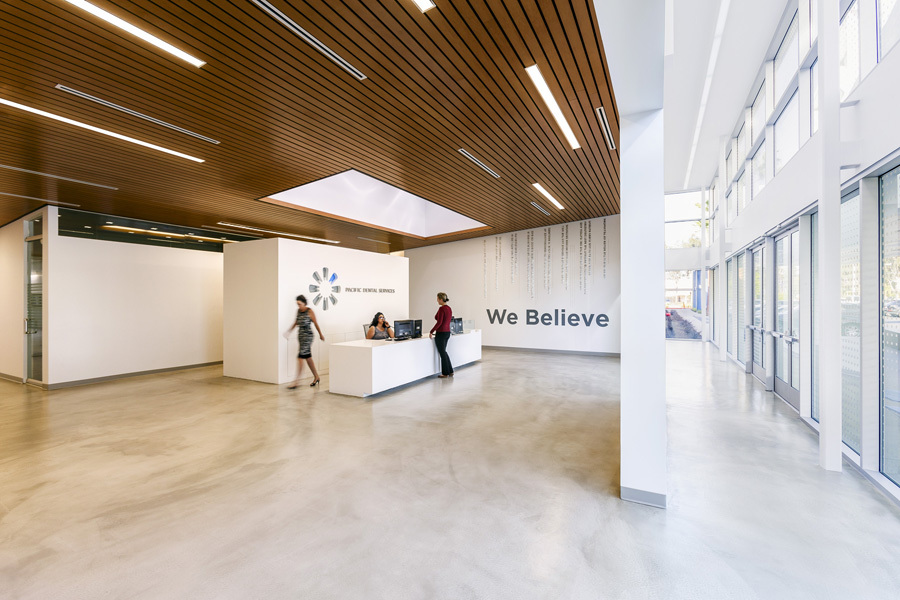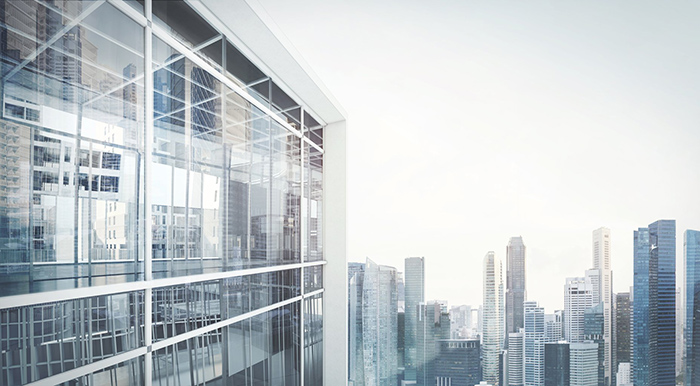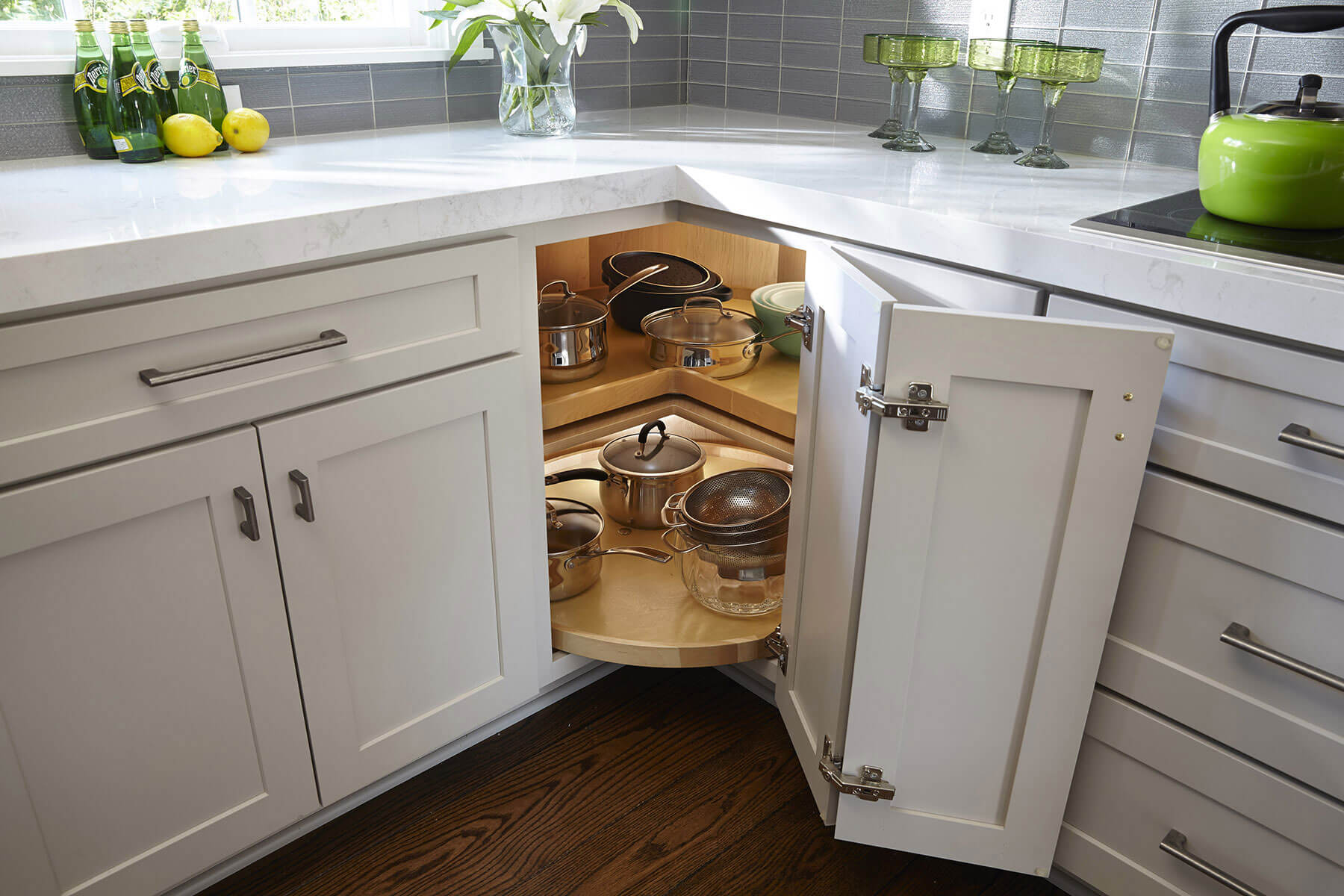Sustainable design is becoming more important than ever, especially in healthcare facility development. Healthcare facilities considerably impact the environment with high energy consumption and large waste production. As healthcare providers and facility developers become more aware of environmental sustainability, they investigate sustainable design considerations in healthcare facility development. In this blog post, Timur Yusufov will discuss the importance of incorporating sustainable design into healthcare facility development, including its benefits, challenges, and ways to implement it.
Design Factors for Sustainable Healthcare Facilities
When designing healthcare facilities, architects should consider the environmental impact of their designs and the sustainability of the materials and energy used. This means reducing and recycling waste, selecting minimal environmental impact materials, and designing buildings that utilize natural resources efficiently.
There are several sustainability factors to consider when designing healthcare facilities, including:
Energy Efficiency:

source: pinterest.com
One of the primary considerations when developing a sustainable healthcare facility is energy efficiency. Hospital energy consumption is high and contributes significantly to greenhouse gas emissions. By incorporating sustainable design principles, healthcare facilities can reduce their carbon footprint and save on energy costs.
One way to achieve this is by using energy-efficient lighting that is motion-sensitive or automated. HVAC systems can also be designed to use natural ventilation, heat-recovery systems, and passive solar heating. Healthcare facilities can also use renewable energy sources such as solar panels to generate electricity.
Water Conservation:
Water is a precious resource often wasted in healthcare facilities due to frequent washing of hands, equipment, and medical supplies. Additionally, healthcare facilities produce vast amounts of wastewater, which can contain harmful pathogens and pollutants.
To conserve water, healthcare facilities can install low-flow faucets, toilets, and showerheads that use less water while maintaining adequate flow rates. They can also invest in water treatment systems that recycle wastewater for non-potable uses, such as flushing toilets. Rainwater harvesting is another sustainable method for collecting and storing rainwater for irrigation, cleaning, and cooling.
Waste Reduction:
Waste management in healthcare facilities can be challenging, especially with the daily medical waste. Proper handling and disposal of medical waste are necessary to prevent contamination and spread of diseases. Healthcare facilities can adopt sustainable waste management practices, such as segregation of waste streams, recycling, composting, and waste-to-energy technologies. Reusable medical equipment and non-toxic cleaning products can reduce waste and environmental impact.
Indoor Environmental Quality:

source: pinterest.com
The indoor environment of healthcare facilities significantly impacts patient health and well-being. Poor indoor air quality can cause allergies, respiratory diseases, and other health complications. Sustainable healthcare facility design should consider adequate ventilation, natural lighting, and low-emitting materials. Using greenery and natural elements can also promote a healing environment that enhances patient recovery and comfort.
Stakeholder Engagement:
It is essential to involve stakeholders such as patients, healthcare workers, and the local community in sustainable healthcare facility development. These stakeholders can provide valuable feedback on healthcare facilities’ design, operation, and management. Engaging stakeholders can also build trust and collaboration, improving healthcare outcomes and environmental sustainability.
Challenges in Implementing Sustainable Design Considerations
Despite the importance and benefits of sustainable design considerations in healthcare facility development, it has challenges. One significant challenge is the cost-effectiveness of sustainable design. Constructing a healthcare facility using eco-friendly materials and energy-efficient systems can be costly and time-consuming. However, long-term sustainable design considerations can lead to substantial cost savings in utility expenses and a healthier environment for patients and staff.
Another challenge is that many healthcare providers and facility developers are not yet aware of the benefits of sustainable design. Therefore, there is a need for education on this topic. Facility developers also may not have the experience necessary to implement sustainable design effectively.
Ways to Implement Sustainable Design in Healthcare Facilities

source: pinterest.com
Implementing sustainable design in healthcare facilities should be a long-term objective for providers, facility developers, and architects. Ways to achieve sustainability include selecting appropriate materials and renewable energy sources, strategies to reduce energy usage, and promoting sustainable practices within the facility.
Green healthcare facilities create a complete patient care environment, increasing staff productivity. They are becoming an increasingly popular philosophy that aids in developing sustainable practices. Facility developers can engage with municipalities, environmental organizations, and utility providers to help achieve sustainability goals.
In addition, healthcare providers and facility developers should collaborate to develop comprehensive sustainability plans that include green building design and operations guidelines. It is also important to monitor the performance of healthcare facilities in terms of energy consumption and waste production. This data can be used to identify areas for improvement and make necessary adjustments to attain a healthier environment for patients, staff, and visitors.
Sustainable healthcare facility design aims to create a healing environment that improves patient outcomes and reduces environmental impact. By investing in green building practices, healthcare providers can contribute to improved public health and a more sustainable future.
Final Thoughts
Timur Yusufov understands that sustainable design considerations are essential in healthcare facility development. They increase cost-effectiveness, provide ecological benefits, and create a healthier environment for patients and staff. Healthcare providers and facility developers must prioritize sustainability in their operations to meet their environmental and societal responsibilities. By implementing sustainable design in healthcare facilities, all stakeholders can work together to achieve a sustainable and healthy future.


